Plant Trees

Happy Earth Month! Be the Change: Plant trees
About
Stay up to date on major announcements, exciting collaborations, and more.Visit our Newsroom
We make it simple for anyone to plant trees, and together we can make an incredible impact. Learn more

Stay up to date on major announcements, exciting collaborations, and more.Visit our Newsroom

We make it simple for anyone to plant trees, and together we can make an incredible impact. Learn more
Get Involved
Become a business partner to improve your company’s sustainability initiatives and make an impact. Learn more
See how your support and leadership can help us fund reforestation efforts across the globe. Learn more

Become a business partner to improve your company’s sustainability initiatives and make an impact. Learn more
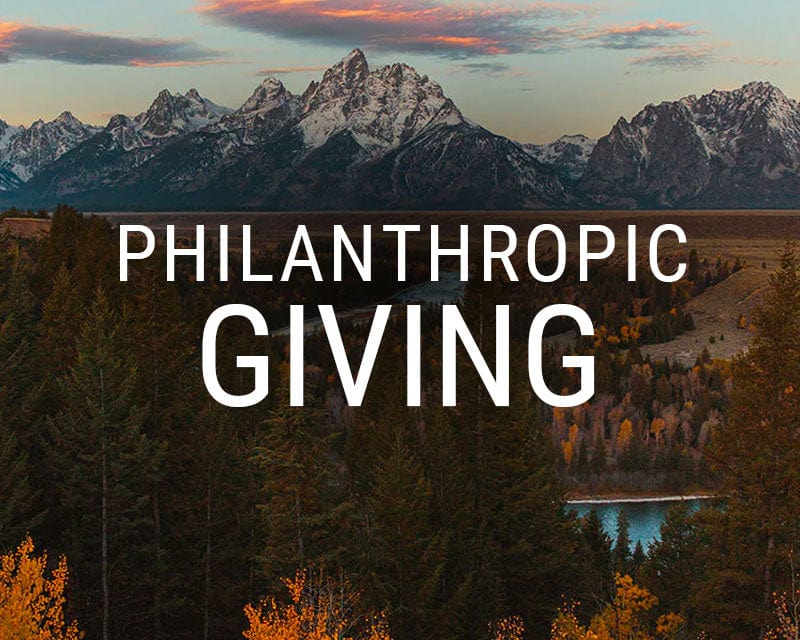
See how your support and leadership can help us fund reforestation efforts across the globe. Learn more
Learn
Read about stories from the field, interesting facts about trees and get your healthy dose of nature. Visit our blog
Comprised of lesson plans, learning modules, resources, and activities, our T.R.E.E.S. School Program is the perfect addition to your curriculum. Learn more
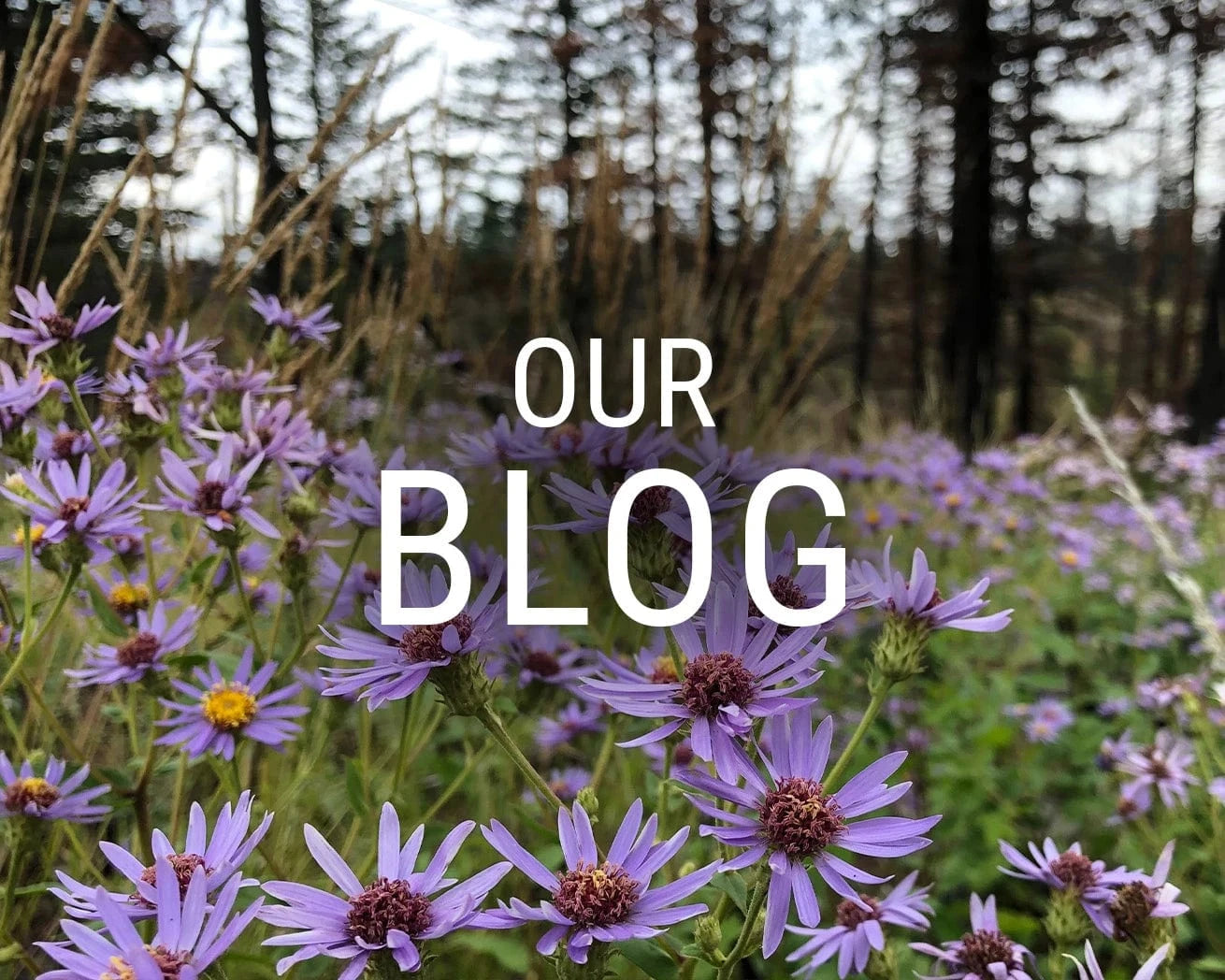
Read about stories from the field, interesting facts about trees and get your healthy dose of nature. Visit our blog
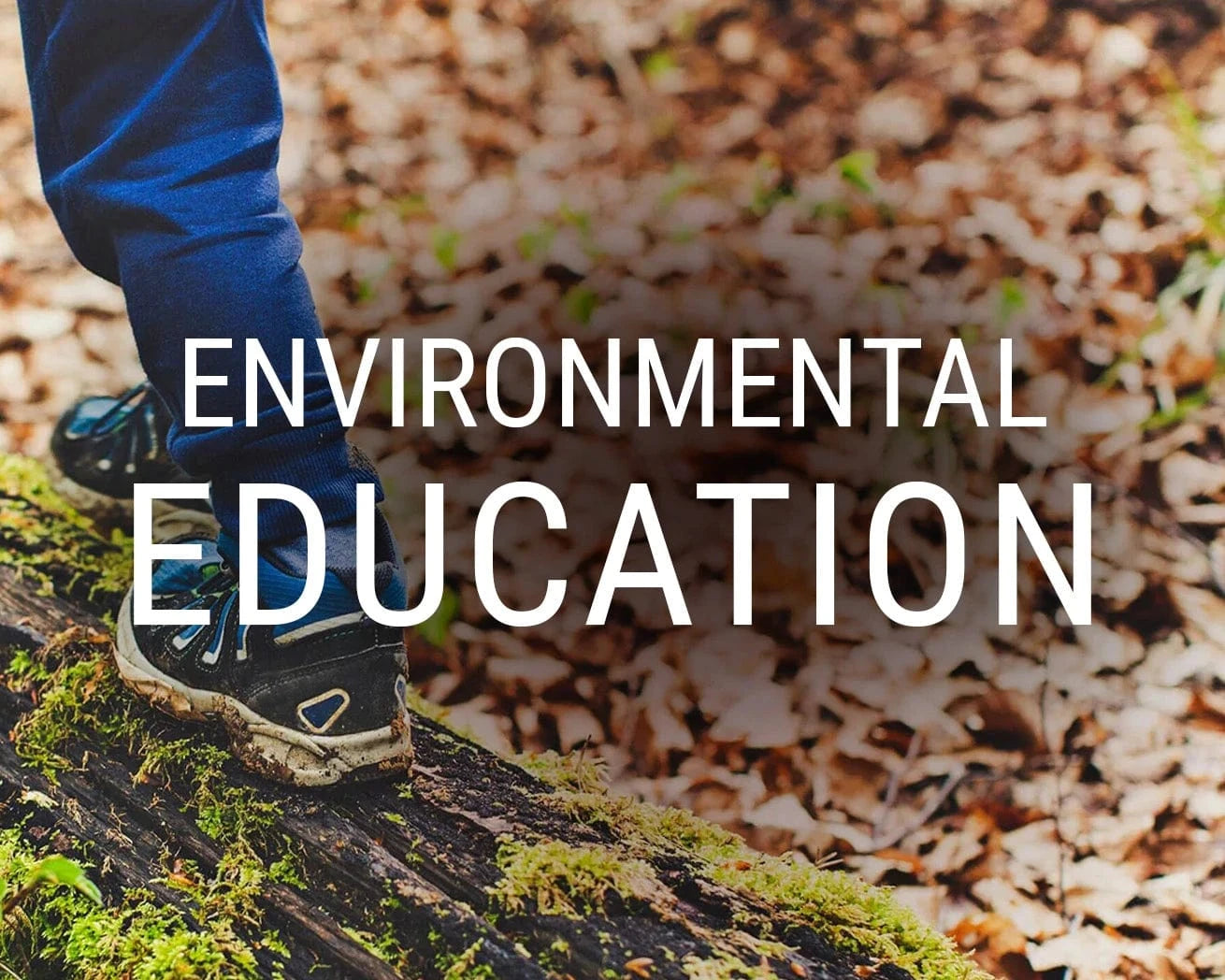
Comprised of lesson plans, learning modules, resources, and activities, our T.R.E.E.S. School Program is the perfect addition to your curriculum. Learn more
Shop
Our fan-favorite Reforestation T-Shirt. Wear it with pride to show your support of reforesting our planet, one tree at a time. Shop now
Give the gift that lasts a lifetime! Choose an image, write your personalized message and select a delivery date to gift a tree. Gift a tree
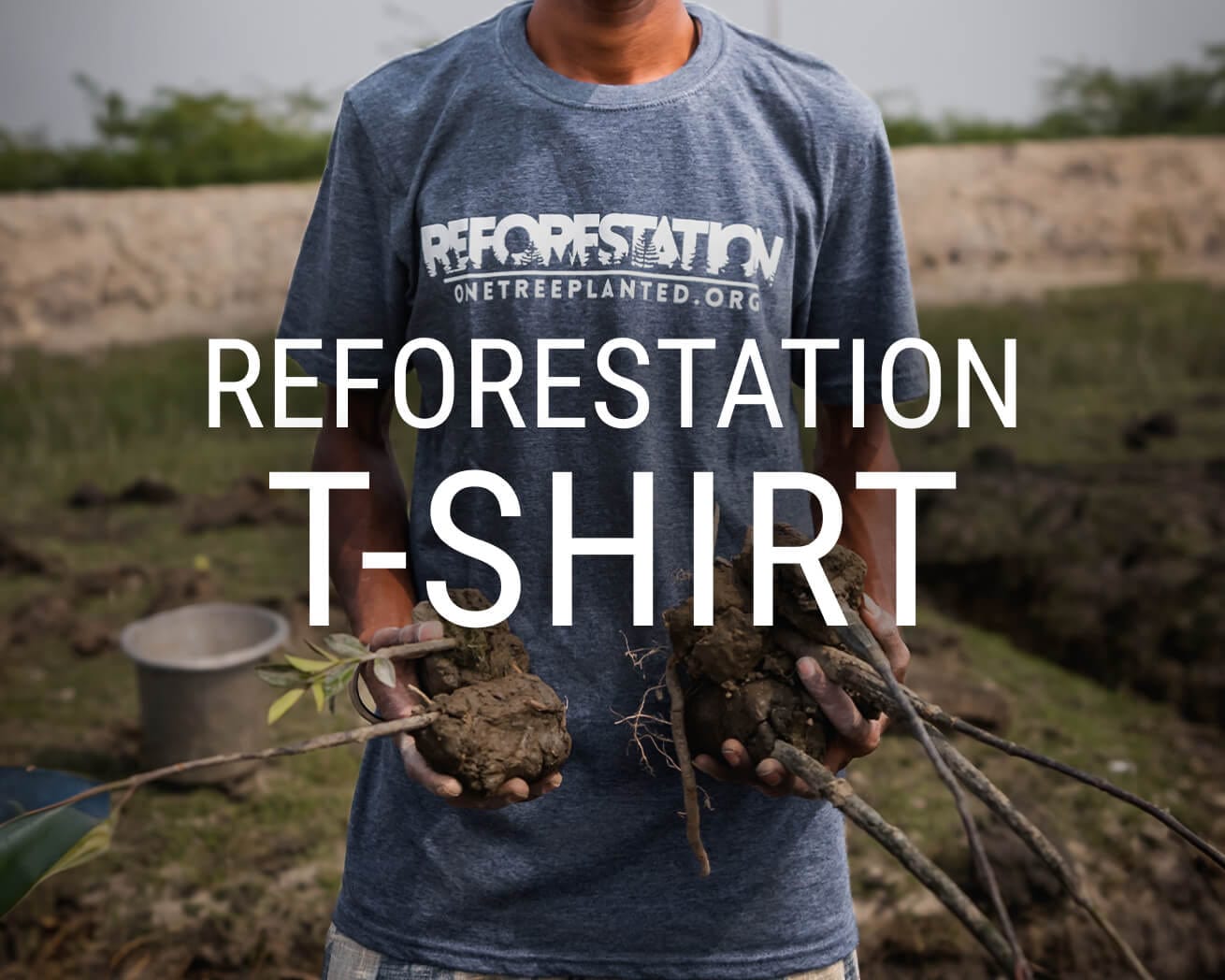
Our fan-favorite Reforestation T-Shirt. Wear it with pride to show your support of reforesting our planet, one tree at a time. Shop now
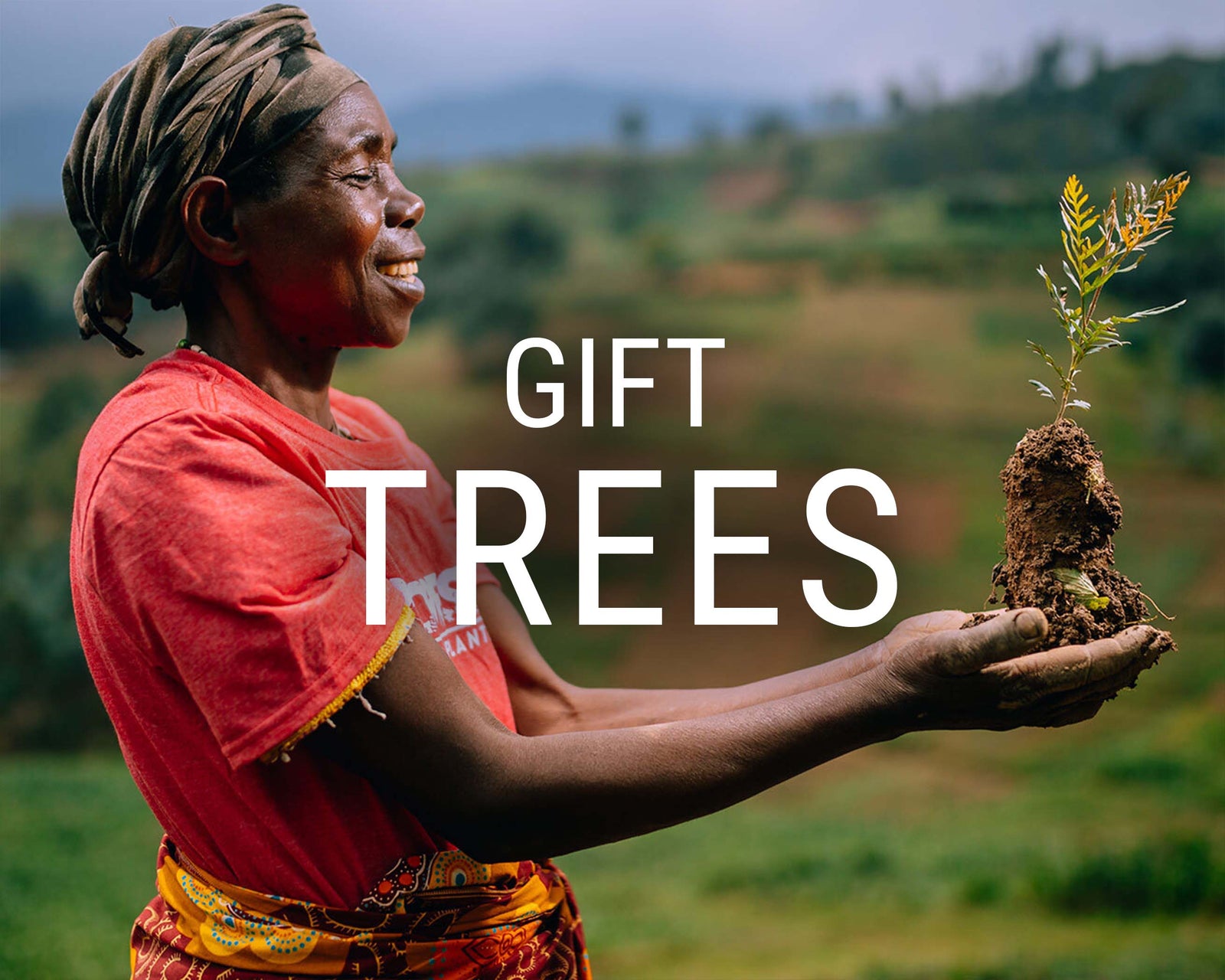
Give the gift that lasts a lifetime! Choose an image, write your personalized message and select a delivery date to gift a tree. Gift a tree
Get Involved
Plant Trees
Get news, updates, & event Info delivered right to your inbox:
Celebrating The Power of Urban Forests
The Earth. Our one-and-only shining, blue marble. Our green planet. Home. We invite you to explore (and celebrate!) some of the many benefits of planting urban forests, beyond their beauty.
As humans, we recognize, intrinsically to our core, that Earth is strikingly beautiful —and at the same time, devastatingly fragile. We must keep it, and hold it dear. For the sight alone is truly worth the keeping. But like any love that we feel, whether for our planet or for each other, there’s a deeper affection that stems from what is inside of us. From what is hidden beneath the surface. This forms the silent backbone of all we do, for ourselves and others, that moves us forward from this day to the next. Like a good book, our true spirit lives within our pages, not on the cover.
And trees are the same. Especially in urban and community spaces, the impact of trees is deeper than their aesthetic beauty alone. Their sight is indeed worth the keeping, but that’s only just the beginning. From root to canopy, urban trees provide a growing green infrastructure, supporting and enhancing the communities where they grow.
Here Are 11 Facts That Illustrate The Benefits Of Urban Forestry
1. Trees Aren’t Just Good For People - They’re Good For All People.
Studies have found that communities of color have33% less tree canopy, and that low-income communities have even less when compared with whiter, more affluent communities.To bridge this gap, it’s critical that we plant trees today: a new study finds that we need to plant31.4 million trees per year in urban areas across the United States to ensure thatallcommunitiesachieve tree equity.
2. Trees Help Combat Urban Heat
And more than that, trees help combat urban heat. Cities worldwide are experiencing days of extreme heat exposure attriple the rate they did in 1980.Due to climate change, this trend is expected to continue — and as a result, the risk of heat-related illness is also expected to increase.Trees are a part of the solution: shade from a healthy, mature tree canlower surface air temperatures by up to 20–45°F.
3. Trees can improve the lives of children
Speaking of urban heat, 36% of US students (1.8 million kids!) attend school in an urban heat island — or, an urban area that experiences higher temperatures than surrounding areas.For kids, this can impact everything from their performance in school to their physical health. Not only does living within 100m of a tree reduce the risk of being prescribed antidepressants, butspending at least 120 minutes a week in nature is linked to good health & well-being.
4. Trees improve health & well-being
Our health & well-being is closely tied to urban forests, as trees protect us from harmful airborne pollutants, such as carbon dioxide, which trees canabsorb at a rate of 22 pounds per year during their first 20 years of growth.In that same year, that exact same tree willproduce nearly 260 pounds of oxygen.That’s a pretty good trade-off!
5. Trees provide us with clean water
Let’s not forget clean water (a single tree canprevent 100+ gallons of stormwater from polluting drinking water sources, indirectly supporting wetland restoration) or biodiversity (as little as1 hectare of urban forest can provide critical stopover habitat for migrating birds) or any of the other benefits of urban trees. And all of this is happening within the context of a rapidly developing world with a rapidly changing climate.
6. Trees can increase property value
Clearly, trees and urban green spaces are more important than ever. And not just for their natural beauty (which, by the way, trees can increase property value by 3-15%), but for all of the many benefits they provide.
Here’s How You Can Support Urban Forestry
Knowing the true impact and benefits of urban forests and urban green canopy gives you the power to take action, and to be champions of urban trees in your community. To keep it, and hold it dear.
Want to learn more about Urban Forestry from Tanner, our Director of Urban Forestry? Check out his blog post What Is Urban Forestry? for a deep dive into what Urban Forestry is, why it's important and how you can get involved!
Just want to plant a tree? Consider planting trees through our Fund for Urban Forestry!
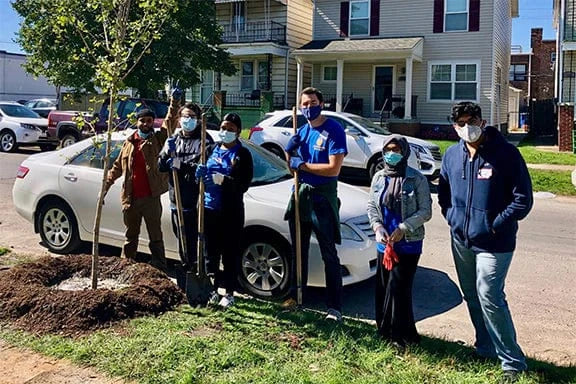
Get news, updates, & event Info delivered right to your inbox:
Related Posts
Good News! 6 Positive Environmental Stories from April 2024
25/04/2024 by Gabrielle Clawson
8 Reasons to Plant Trees in Cities
23/04/2024 by One Tree Planted
Planting Trees in Mexico for Monarch Butterfly Habitat
18/04/2024 by Meaghan Weeden
Popular On One Tree Planted
5 Causes of Deforestation
15/02/2024 by Meaghan Weeden
Inspirational Quotes About Trees
23/01/2024 by Meaghan Weeden
How to Reduce Waste: 21 Ideas for Zero Waste Living
16/01/2024 by Meaghan Weeden





